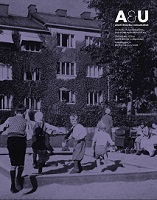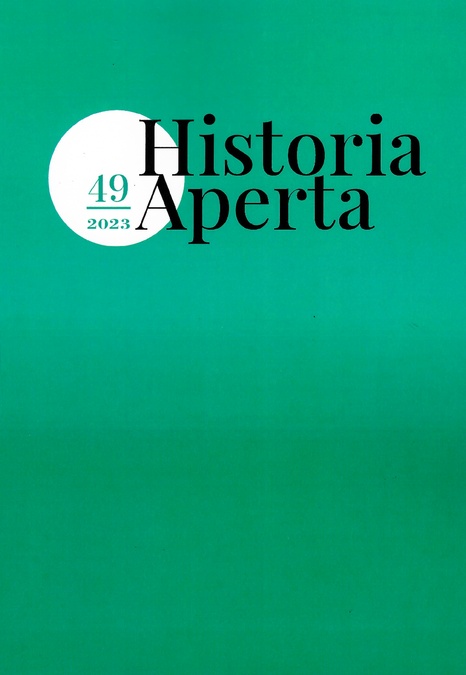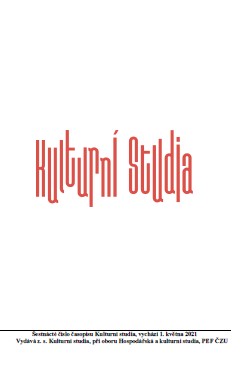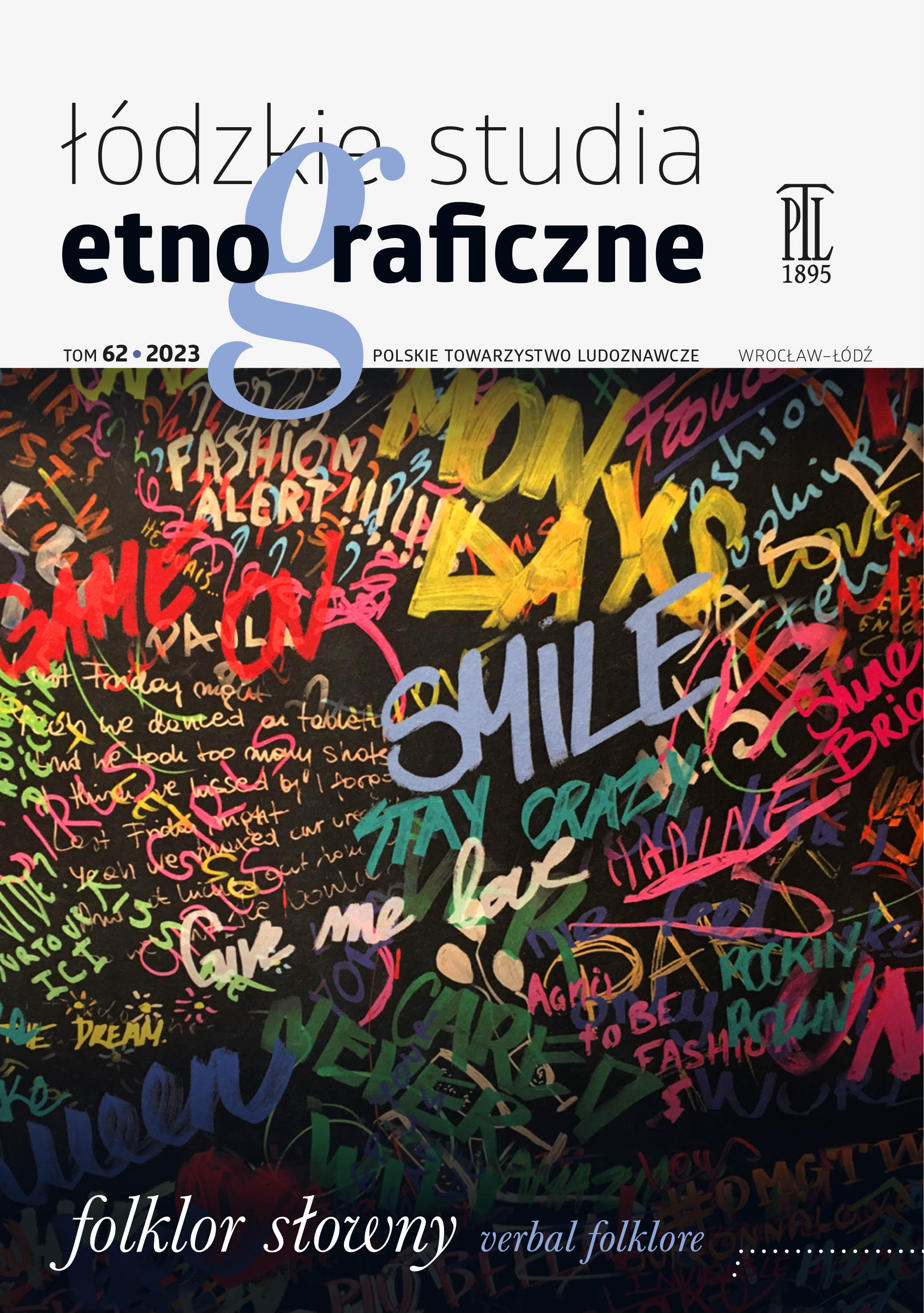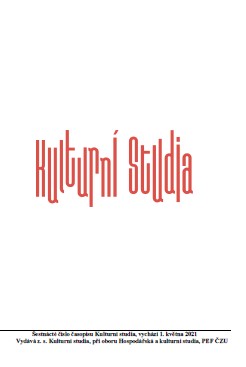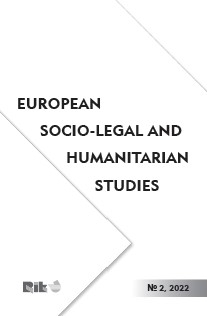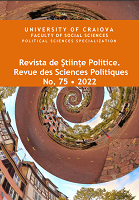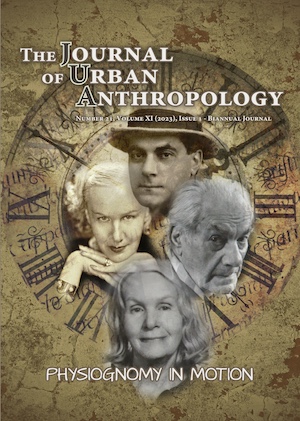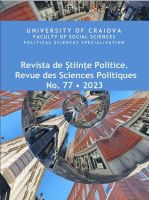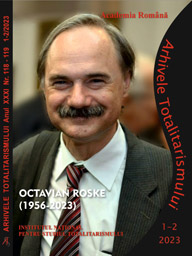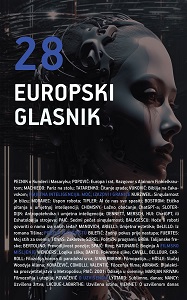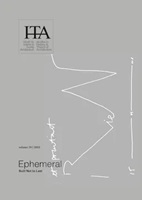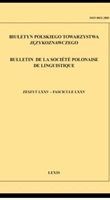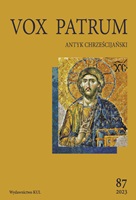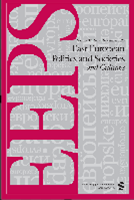
Party Nomination Strategies in Flexible-List PR: Which Candidate Characteristics Lead to Realistic Positions?
This article addresses the candidate selection process for realistic list positions with regard to multiple-office holding and personal characteristics in flexible-list proportional representation (PR) systems within the Czech context. More specifically, this issue is explored in the 2006–2017 elections to the Czech Chamber of Deputies. Results of binary logistic regression analysis with observations clustered by party or constituency indicate that incumbents (with or without multiple office holding) stand a significantly higher probability of being selected as a realistic candidate. This probability increases only if the incumbent also has the regional mandate. The results also show that candidates with a PhD degree or higher, with a higher public office position, at the age of forty-one to fifty years, or with residence in a regional capital or in Prague have a significant probability of being selected as a realistic candidate. A specific gender bias was also found.
More...
